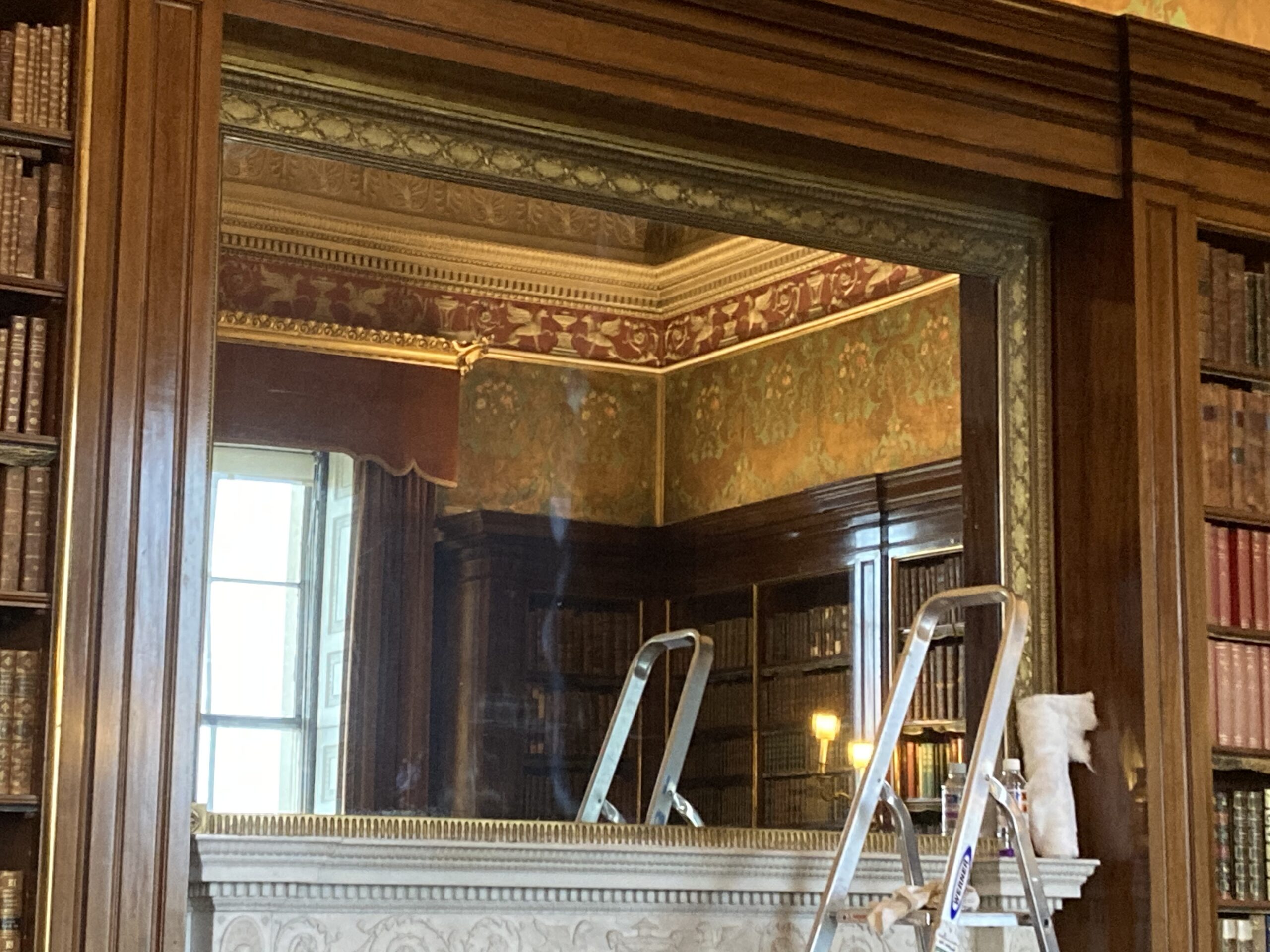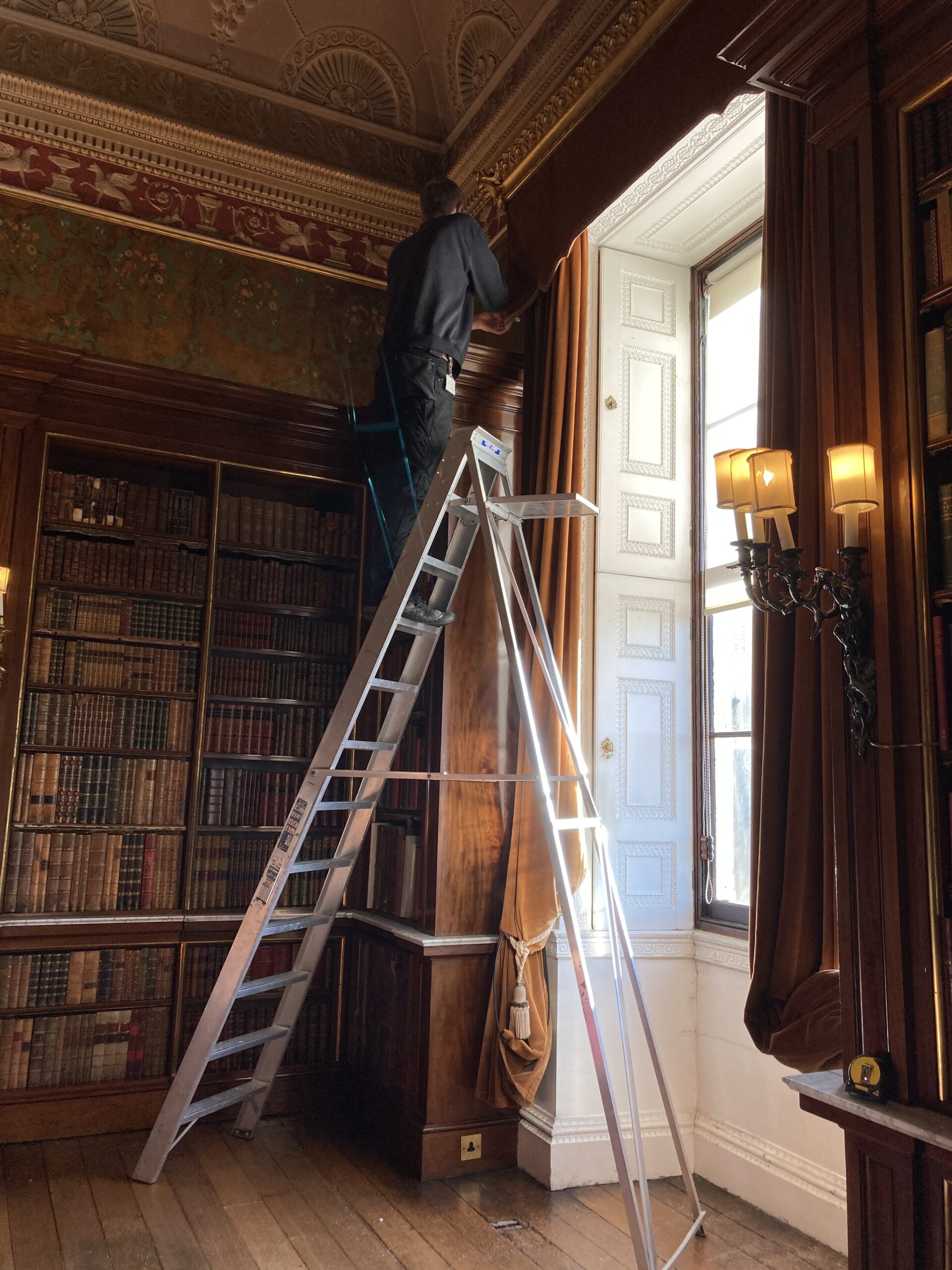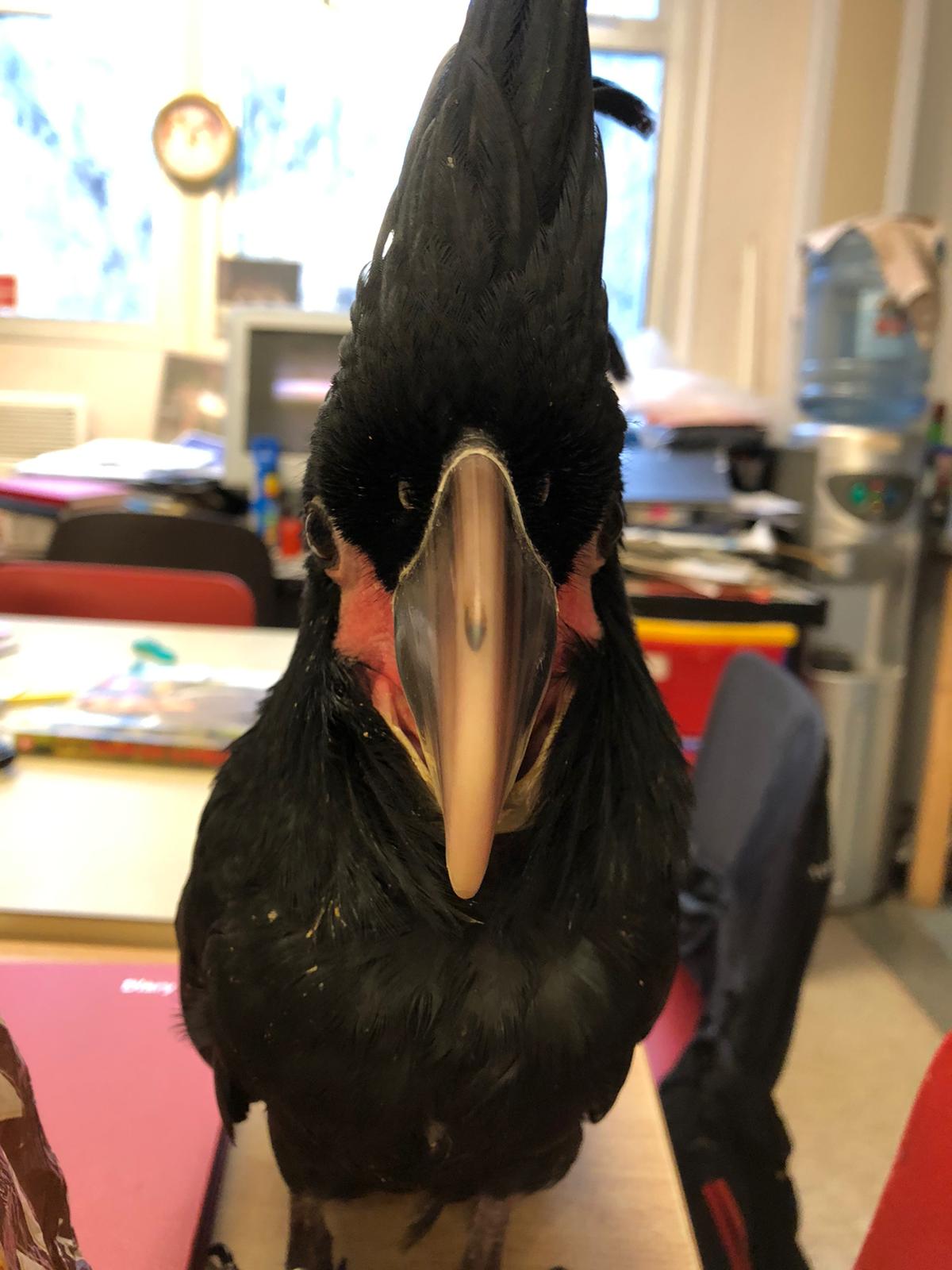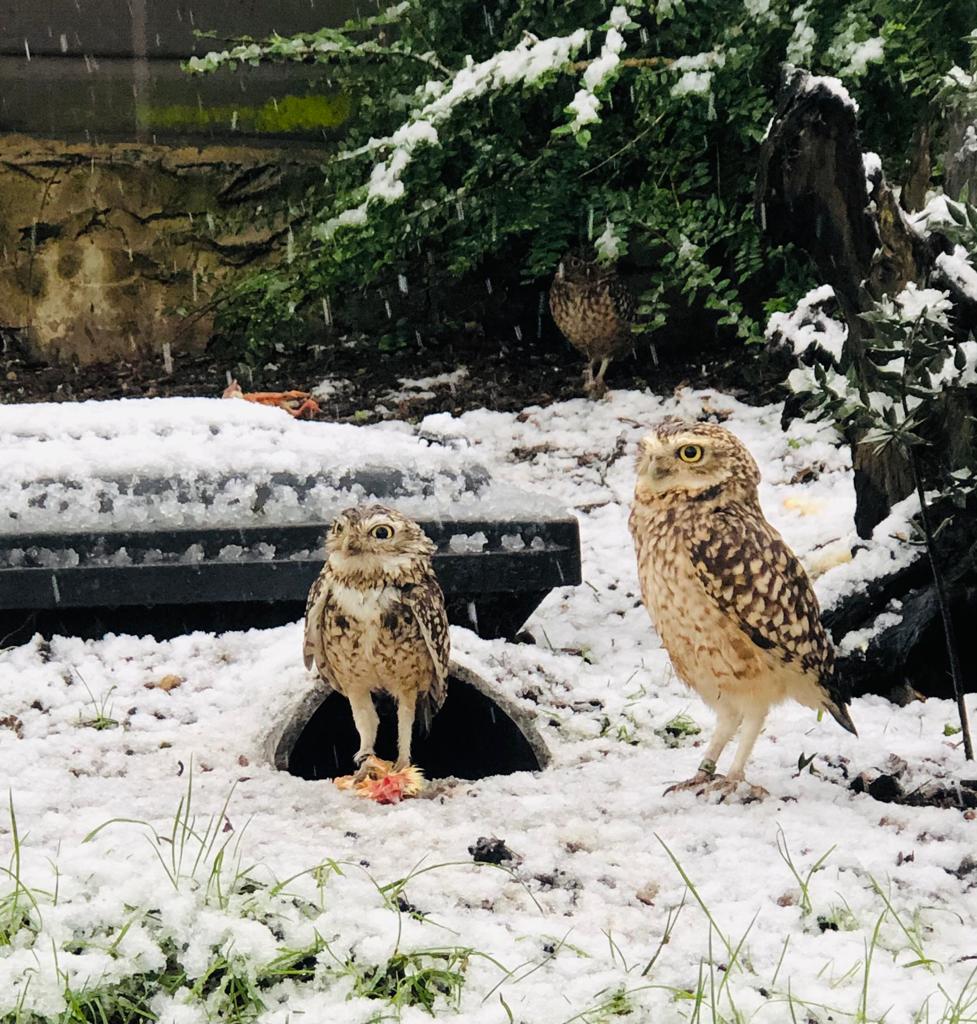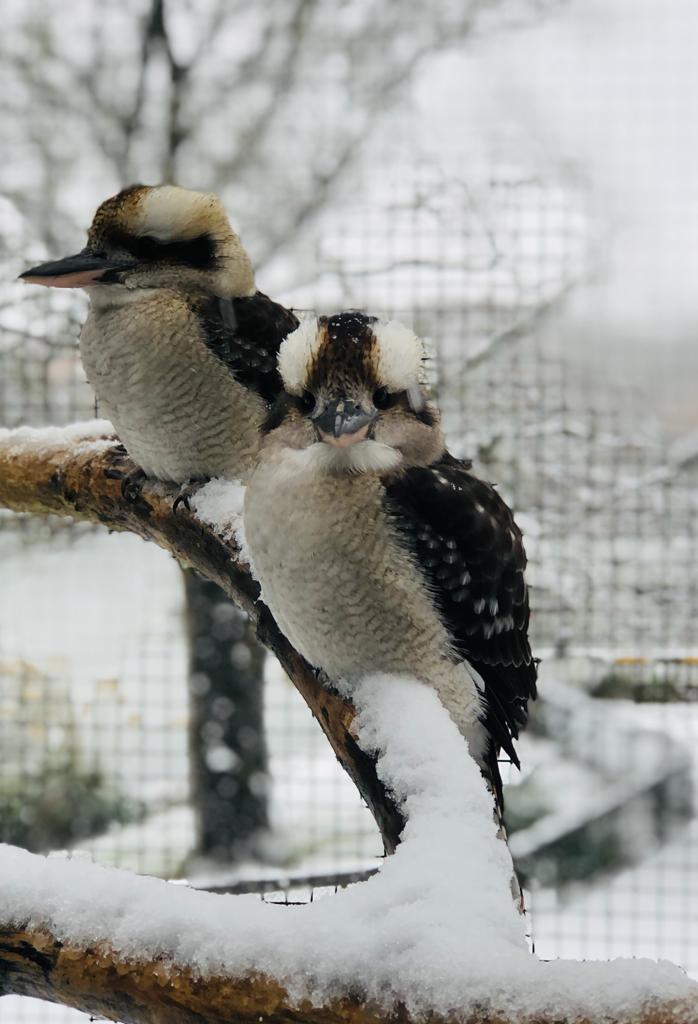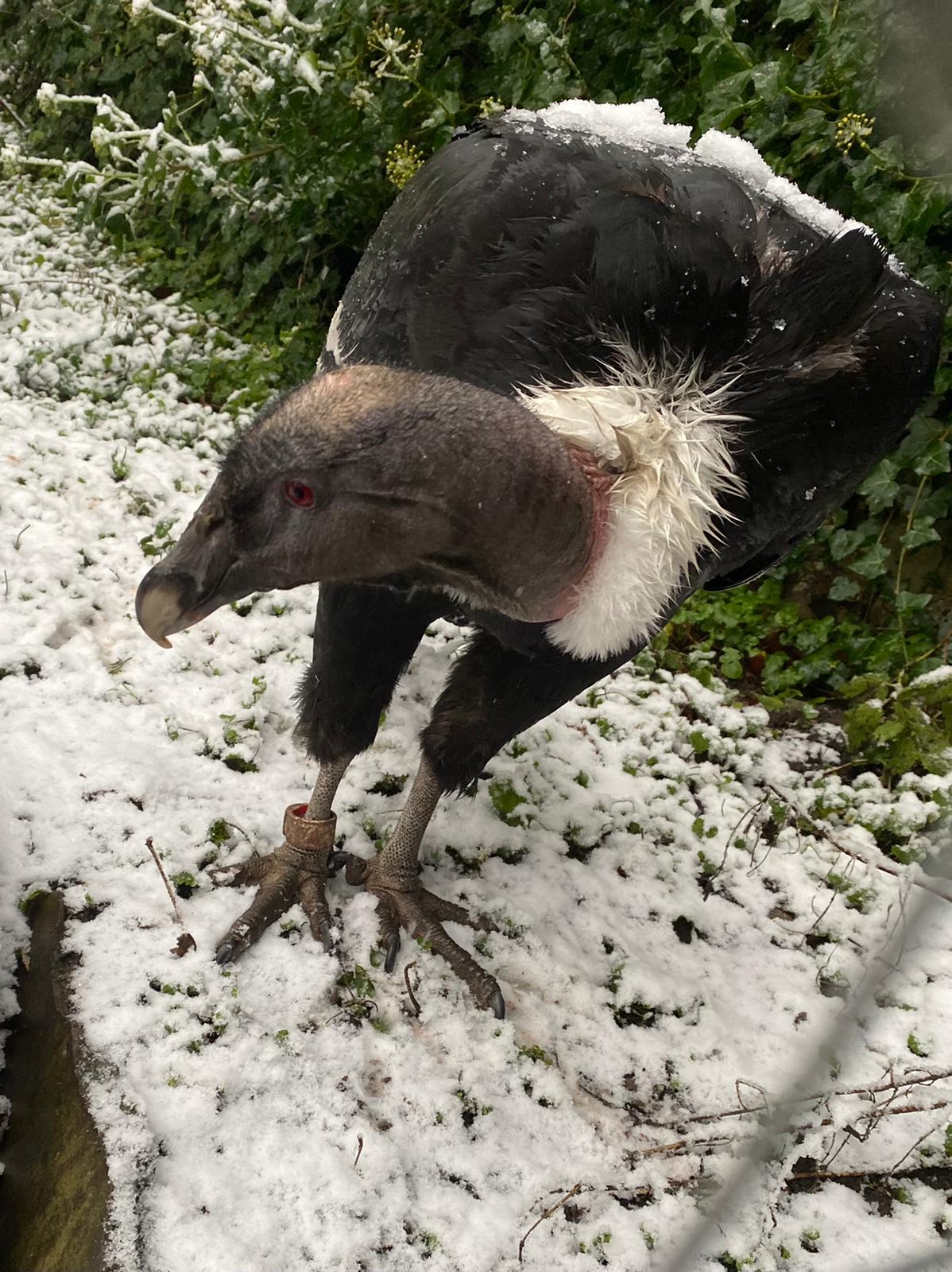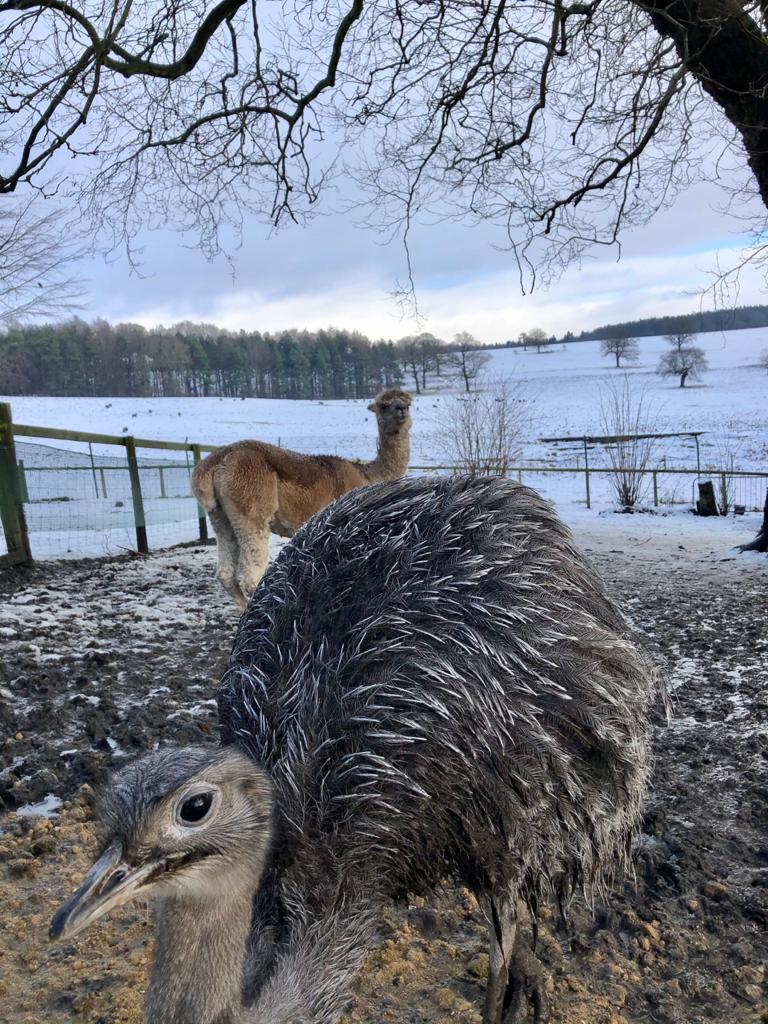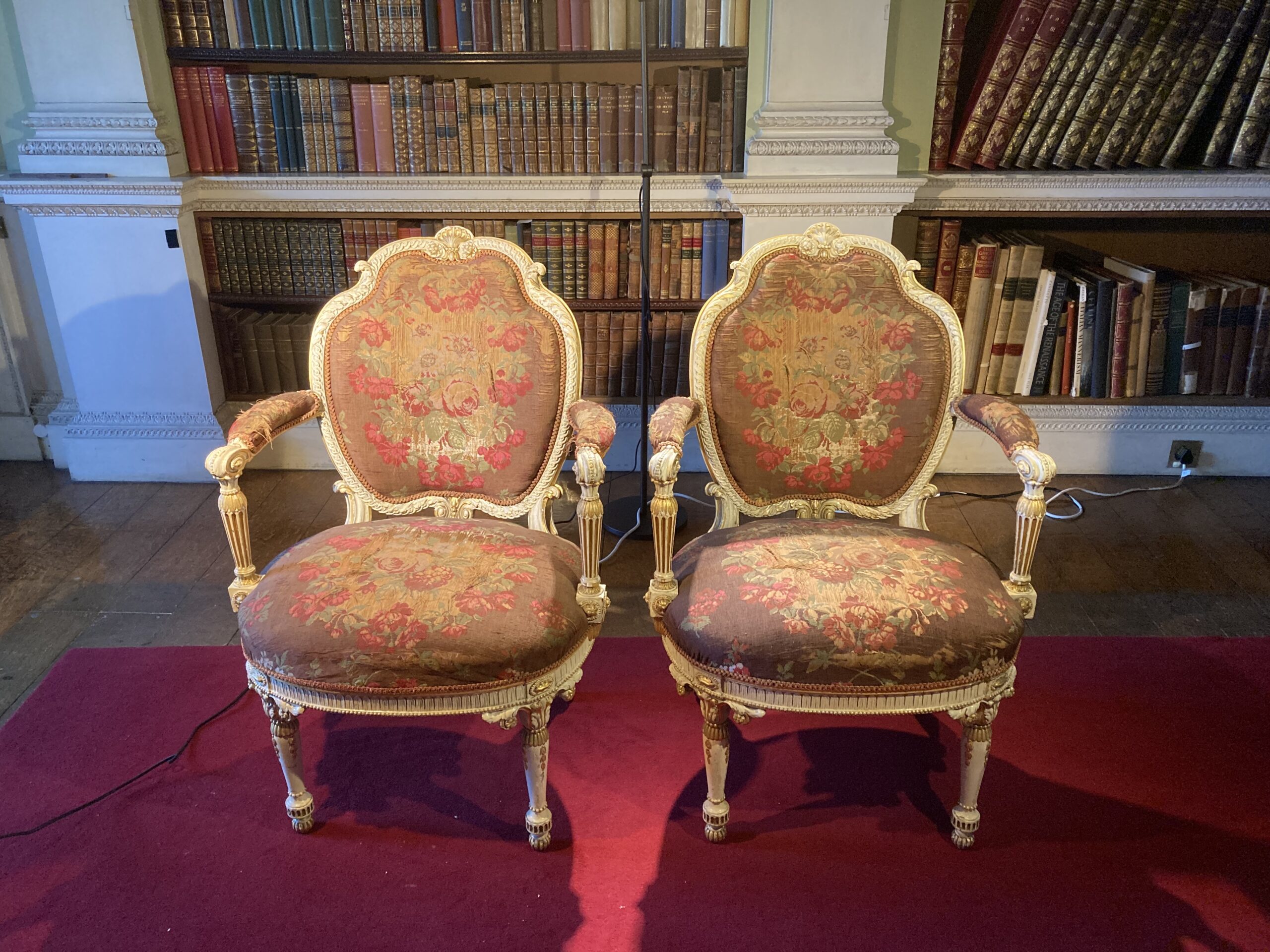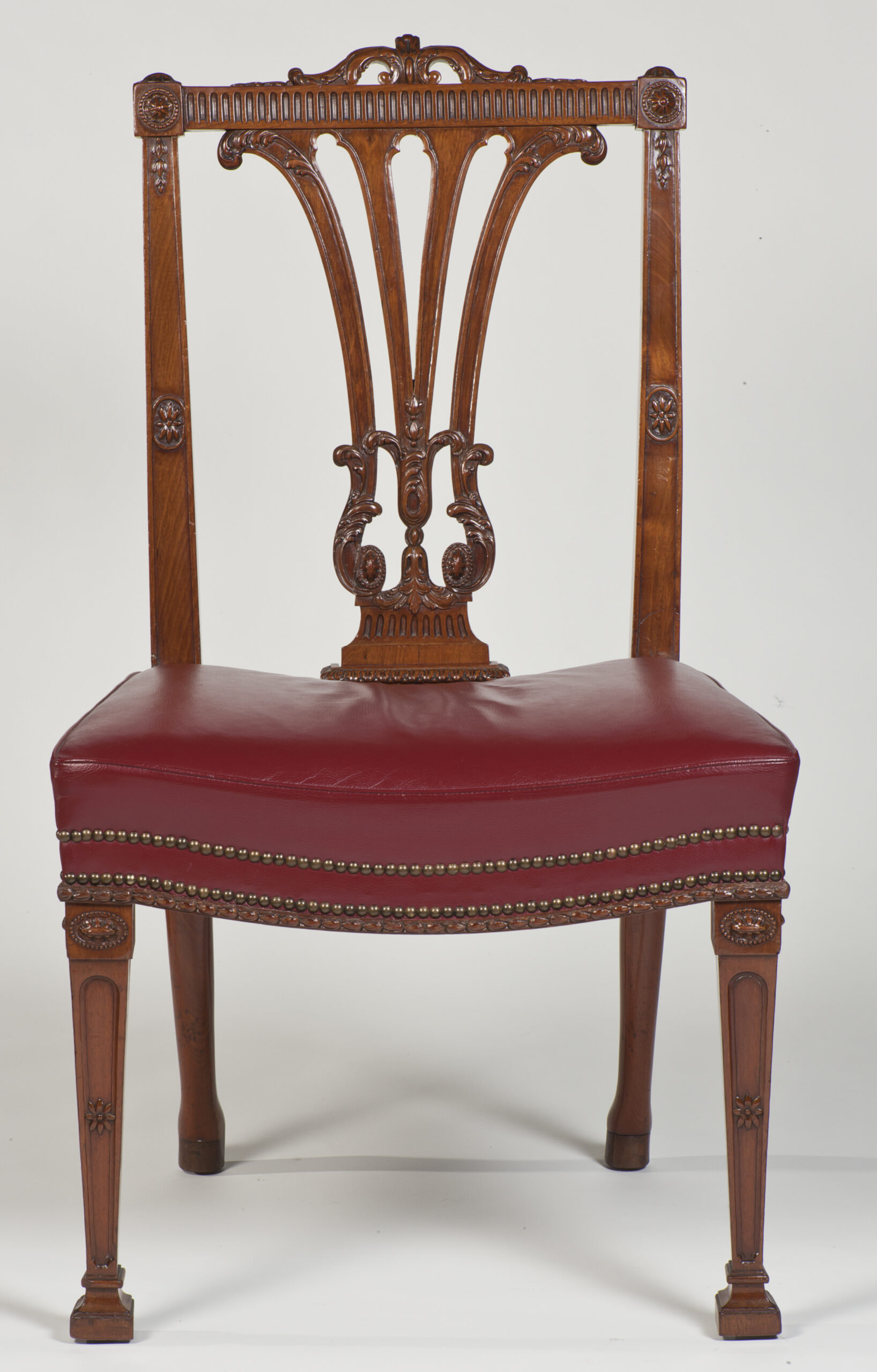Have you ever wondered what happens behind the scenes whilst the house is closed?
Winter is one of the busiest times of the year for the collections team. Every year when the house is closed to the public we undertake much of our annual deep clean. This year is no exception, as despite only being able to open the house for a short period in 2020, the collections and the house itself still require essential checking and cleaning. As an Accredited Museum with a designated collection we need to constantly monitor for any signs of damage or deterioration.
Each room is cleaned from top to bottom using conservation brushes and special vacuum cleaners; we even have our own scaffold tower so we can reach the ceilings. The collections care team are specially trained to use these and while they are cleaning they check for any signs of deterioration or pest activity. Some areas such as ceilings and curtain pelmets are done on a rolling programme as they don’t get as dusty as the areas lower down and we don’t want to cause damage by over-cleaning. We begin with the East Side of the house before Christmas and once the decorations come down it’s time to start in the rooms on the West Side.
Each object in the room is also checked and cleaned using specialist equipment. Usually we would undertake this work with the help of a team of skilled volunteers but in order to ensure we are working within Covid guidelines we have had to stand them down this year and the staff are keeping socially distant.
This year we’ve also been undertaking an inventory audit and making sure that all the objects are marked with their own unique number. Each mark is made in a specific way so it doesn’t damage the object. It’s best to do this type of work at the same time as the cleaning so we only handle the object once, reducing the risk of accidental damage.
Here we have been cleaning a pelmet so have taken the opportunity to sew on a label at the same time.
During the lockdown we also need to be on site to keep an eye out for any leaks, monitor the environment and to regularly check for pests throughout the house including the attics.
There are a number insects which would enjoy munching their way through the collections if we let them, woodworm and carpet beetle are the most widespread across museums and historic houses. They like organic materials, particularly wood and textiles which make up most of the collections.

